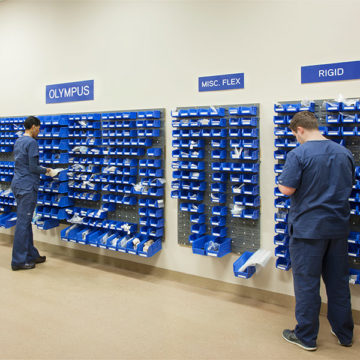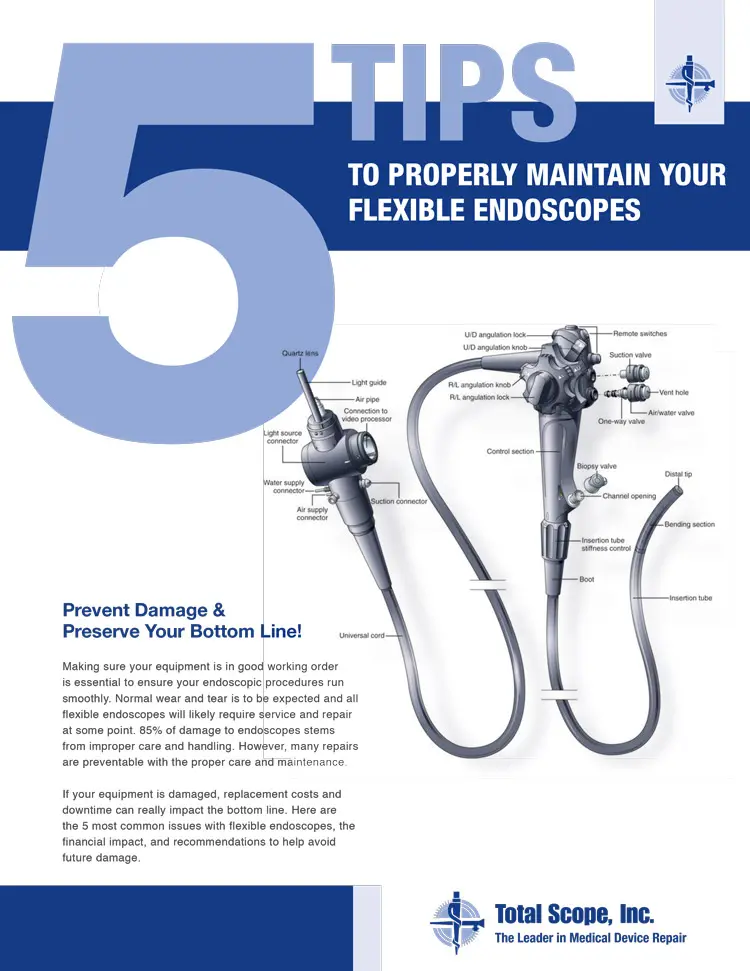 Environmental Factors Affecting Endoscope Functionality
Environmental Factors Affecting Endoscope Functionality
Endoscopes are vital tools in modern medicine, allowing healthcare professionals to diagnose and treat various conditions with minimal invasiveness. However, their performance can be significantly influenced by environmental factors, particularly humidity and temperature. Understanding how these conditions affect endoscopes is crucial for ensuring their reliability and longevity.
Impact of Humidity on Endoscope Performance
Humidity levels can have a profound impact on the functionality of endoscopes. High humidity can lead to condensation forming inside the endoscope, which can cause several issues:
- Moisture Accumulation: Excess moisture can lead to the growth of bacteria and fungi inside the endoscope. This growth poses serious risks to patient safety as it can result in infections.
- Electrical Malfunction: Endoscopes contain sensitive electronic components. High humidity can lead to short circuits or malfunctions, compromising the endoscope’s functionality during procedures.
- Corrosion: Some endoscope materials can corrode in humid environments, leading to damage that may not be immediately visible but can affect performance over time.
Impact of Temperature on Endoscope Performance
Temperature also plays a critical role in the performance of endoscopes. Both extremely high and low temperatures can create challenges:
- High Temperatures: Elevated temperatures can degrade the materials used in endoscope construction, affecting their flexibility and durability. Additionally, heat can impact the performance of electronic components.
- Low Temperatures: Cold temperatures can make certain materials brittle, increasing the risk of breakage during handling or use.
- Sterilization Concerns: Many endoscopes require specific temperature ranges for sterilization processes. Deviating from these ranges can lead to inadequate sterilization, risking patient health.
The Optimal Environment for Endoscope Storage and Use
To ensure that endoscopes function effectively, it’s essential to create an optimal storage and usage environment. Here are some suggestions:
- Controlled Storage Conditions:
- Maintain a temperature range between 15°C and 25°C (59°F and 77°F) for storing endoscopes.
- Keep humidity levels between 30% and 60% to prevent moisture buildup.
- Use of Climate-Controlled Cabinets:
- Store endoscopes in climate-controlled cabinets that maintain the desired temperature and humidity levels.
- Ensure cabinets are regularly monitored and maintained.
- Regular Maintenance Checks:
- Conduct routine inspections of endoscopes for signs of moisture or damage.
- Keep detailed records of storage conditions and maintenance activities.
- Proper Handling Techniques:
- Train staff on the importance of handling endoscopes in a controlled environment.
- Avoid exposing endoscopes to extreme temperatures or high humidity during transportation.
- Sterilization Protocols:
- Follow manufacturer guidelines for sterilization, ensuring that all processes are conducted within recommended temperature ranges.
- Regularly validate sterilization processes to ensure effectiveness.
- Education and Training:
- Provide ongoing training for medical staff regarding the importance of environmental factors in maintaining endoscope performance.
- Promote awareness of best practices for storing, handling, and using endoscopes.
The performance and reliability of endoscopes can be significantly affected by environmental factors such as humidity and temperature. By understanding these influences and implementing best practices for storage and usage, healthcare facilities can enhance the lifespan and effectiveness of their endoscopes. Prioritizing these conditions is not just about preserving equipment; it’s about ensuring optimal patient care and safety. If your endoscopes are having issues created by poor conditions contact Total Scope for endoscope repair.
 FREE SHIPPING Anywhere in the Country for Repairs
FREE SHIPPING Anywhere in the Country for Repairs